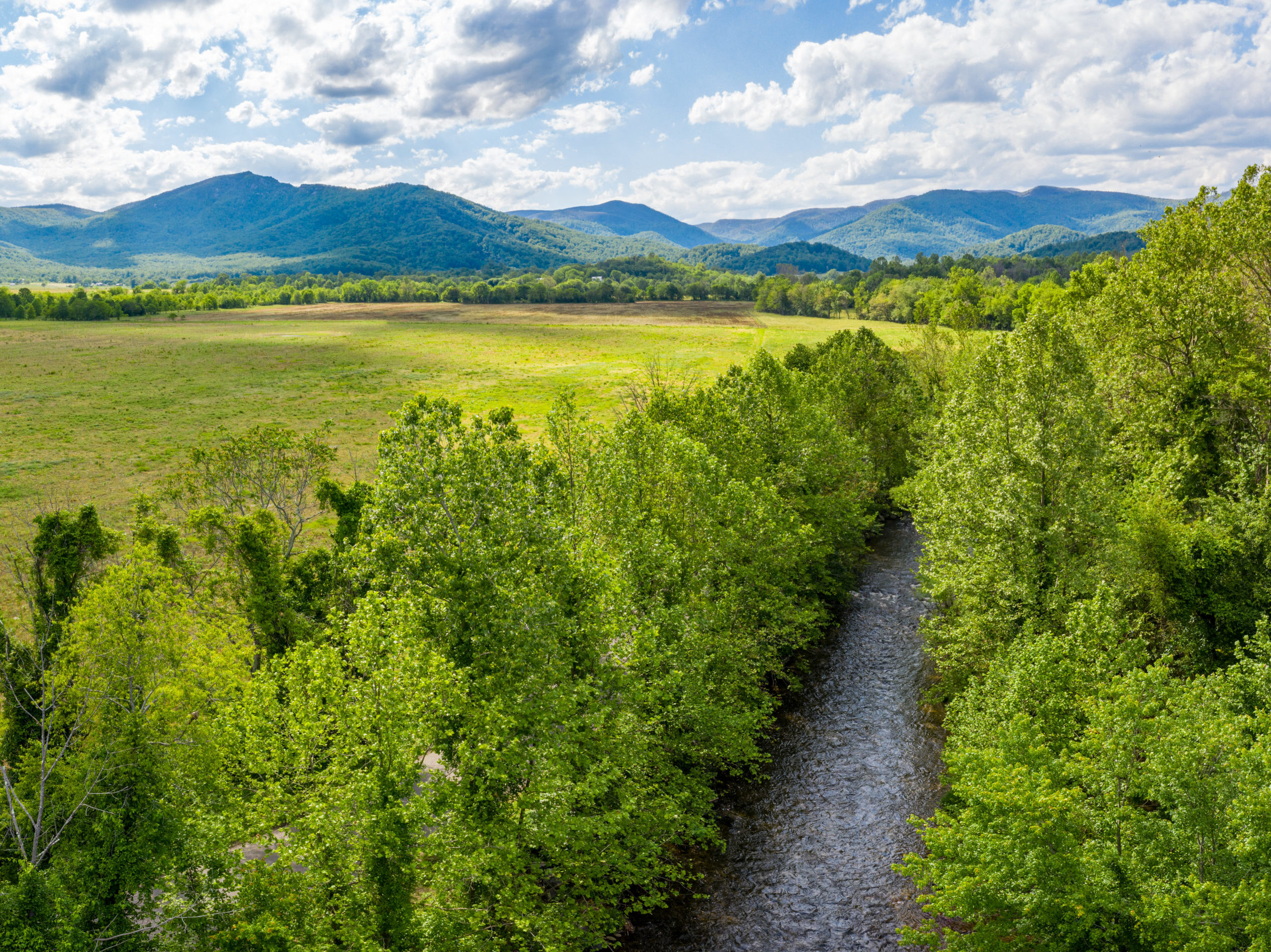
Riparian buffers are the vegetated areas along rivers, streams, creeks, and other waterways. These areas are the single most effective means of protecting water resources throughout the Chesapeake Bay. Waterways protected by a healthy riparian buffer are cleaner, cooler, and provide better habitat for fish, wildlife and livestock than a stream with exposed or un-vegetated banks.
Riparian buffers provide a number of important benefits for stream health, people and wildlife. One of their primary functions is their ability to act as filters to reduce nutrients, sediments, and other pollutants from entering waterways. They also slow the flow of runoff, stabilize stream and riverbanks, and reduce erosion. This has positive implications not just for drinking water, but also for recreation as many headwater streams are favorite spots for anglers, hikers, and people of all ages who enjoy spending time in streams or at the water’s edge.
The native plants that compose vegetated riparian buffers eventually provide shade to the waterways they are buffering. This shade helps regulate water temperature and create more suitable habitat for aquatic organisms that require cool water temperatures such as brook trout. The plants that make up the buffer also create structure which further enhances aquatic habitat.
Riparian buffers provide vital habitat for wildlife other than aquatic species. Birds, amphibians, and other wildlife species that rely on forested habitat corridors adjacent to water highly benefit from buffers. Buffers that extend from property to property effectively create riparian corridors for these species.
